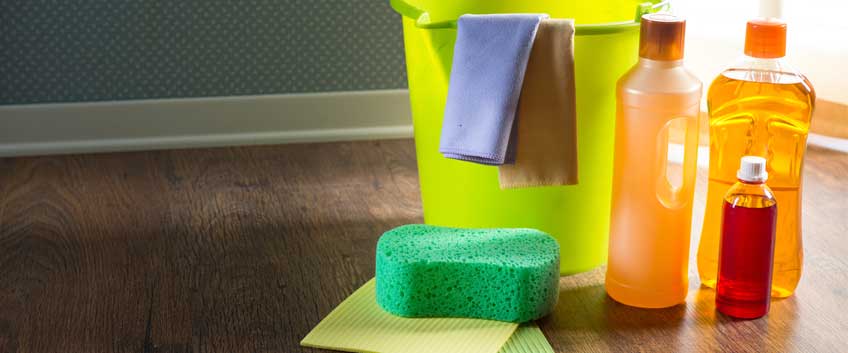
It is winter time and warmth at home is an important thing. There is nothing better than to come home in a warm, pleasant and cosy atmosphere after a long and exhausting day outside. Many people choose wooden flooring mostly because of its warm and cosy appearance that it adds to any space. In addition, wood floors are very sturdy, long-lasting and good at keeping the heat in the room, not letting it run outside the room. But not always good at that! No matter how much you would like to keep your heating bills on the decent pricing side when winter comes, you may start noticing gaps between the planks and boards of your floor.
In case you are not lucky to have good insulation, these gaps are most probably a pretty large reason for heat running outside the room. Moreover, they may ruin the beautiful appearance of your floor, as well as be a reason for the annoying squeaky noise that drives you crazy. Finally, the presence of gaps makes cleaning harder, because dirt, dust and debris often stay hidden in between the planks and boards. What to do then with the annoying gaps popping out every winter? Here are a few ideas for you about how you can reduce the effect!
The installation process
The way a wooden floor will behave in the future highly depends on the way it is installed and on several reasons, including the type of wood and its resistance to moisture and high traffic, the indoor environment and things like humidity and temperature, if the materials are left to be acclimatised before installation and so on, and so on. In general, all of the above-mentioned are very important factors for sturdiness and solidness and they predetermine the number of expansions and shrinking the planks and boards will experience due to moisture and temperature changes.
The good news is that you can control factors like humidity and temperature and that way avoid gaps and several other issues. Engineered wood is the most stable option and is highly recommended for areas, where interior humidity is a serious issue, being more prone to “gapping”. The width of the boards and planks is also an important aspect. Wide boards then contract more than narrow ones which helps you reduce the “gapping” effect.
Wood species
In general, some wood species are naturally more resistant to moisture and aggressive environments and also have more strength than other types of wood. These have to be your choice if moisture is an issue at the place where you live. Oak, for example, is less affected by changing temperature and humidity levels, while beech is more sensitive. Before fitting the floor, always be sure that the wood boards are well-acclimatised to their new environment.
Everyday maintenance
Having a consistent, proper and well-minded cleaning and maintenance routine is the key to enhancing the beauty and long-lasting power of your wooden floor. In general, you can successfully control conditions of 40-50% humidity and temperature levels between 19 and 25 degrees to ensure your floor feels good and gaps and other issues won’t appear.